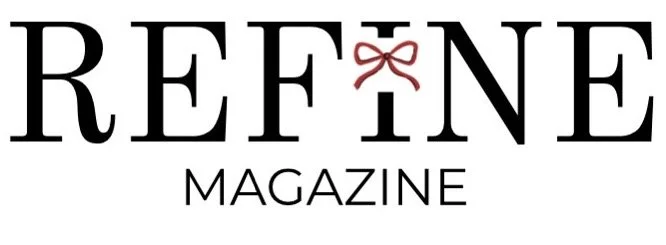Rejecting Standards and Embracing Body Neutrality
Cover image and photo by Dani Meenan
By Magdalena Becker
For seven years of her life, 21-year-old Emma Borgstrom struggled with a severe eating disorder, rooted in fears of rejection from social expectations of beauty and causing her to experience negative body image and self-worth. Today, she is a fully-recovered, weight-lifting personal trainer, but remains extremely cautious and conscious of these dangerous beauty standards.
Unfortunately, many young women in college, like Emma, face multiple kinds of rejection, whether it be by universities, jobs, internships, significant others, or even family members and friends.
But one of the biggest rejections one can face isn’t based on intelligence, personality, work ethic, or social skills. It’s based solely on appearance. It’s based on whether or not women live up to the standards of beauty pushed on them.
This social pressure is not lost on Amanda E. White, a licensed professional counselor in the Philadelphia area who owns Therapy for Women, which specializes in empowering women through therapy.
White is a firm believer that body image occurs outside of the extremes we often think of, like eating disorders. She predicts that about 90% of women have underlying body image issues. These issues are especially apparent on college campuses and in students online.
“In college, there can be this pressure to drink and eat like the guys, but then also you need to be super thin, not care about what you eat, but also eat clean,” White said.
This rollercoaster of expectations is not only impossible but remarkably unhealthy for the mind and body.
Borgstrom, as well as 20-year-old Leah Moyers, feel these pressures as well, especially considering both have battled eating disorders.
Borgstrom, a sophomore kinesiology major, explains how the “ideal woman” shows up everywhere for her, especially online.
“As a personal trainer and fitness enthusiast, my social media feeds are often tailored to fitness content,” Borgstrom said. “I am constantly bombarded by ideal body portrayals when scrolling through my feed.”
Moyers, a junior psychology major, adds that she sees this “ideal” body constantly.
“I see it on Instagram, especially in the fitness community, magazines for women’s health, celebrities as well as YouTubers lifestyle vloggers, or ‘fitness’ influencers who are not qualified to be giving nutritional advice,” she said.
Moyers emphasized the “not.”
Photo by Dani Meenan
While social media is a huge perpetrator of society’s standards for women’s physical appearances, this pattern has unfortunately been going on for centuries.
Emma Clendon, the Fashion Institute of Technology’s museum curator in New York City, depicts this cultural ideal in her new exhibition, The Body: Fashion and Physique. This display shows the idealized body standards for women in fashion throughout history.
"We as a culture, as a society, are obsessed with size. It's become connected to our identity as people,” Clendon told CNN.
Throughout history, society has been intensely interested in things they don’t own, like women’s bodies, whether that be in their reproductive rights, their sexual lives, or their appearances. Specifically in the 20th and 21st centuries, there have been strict idealities basically by the decade, from the curvy, large-chested woman in the 1950s to the thin, wallowing female of the 1990s.
Not surprisingly, there has been an increase in cases of eating disorders during the decades with the smallest sizes. In 1997, researchers at the University of Wisconsin-Madison revealed that eating disorder cases skyrocketed during the 1920s and 1980s, the two decades where the “ideal woman” was the thinnest.
White sees body image issues often in her clients, no matter the age.
“Women are really taught from such a young age that their bodies meant to look at. That their worth comes from being beautiful,” she said.
To her clients, White emphasizes “body neutrality,” a term differing from body positivity in that it relieves this pressure for women to always be in love with their bodies. In fact, it is so normal for women to dislike themselves. This pressure to always love one’s body enforces this importance of physical appearance that is just not necessary. Instead, White encourages women to look at themselves as more than a body.
“Being able to cultivate body neutrality is one of the most mentally healthy places to be because it gives us space to change,” White said.
The rejection you face from society because you don’t fit a mold? Reject that.
Instead, focus on body neutrality and all of the other intricacies of yourself that make you a brilliant and worthy human being.
Amanda E. White is the founder and owner of Therapy for Women. Follow her and her team for support and a more positive Instagram feed at @therapyforwomen.


